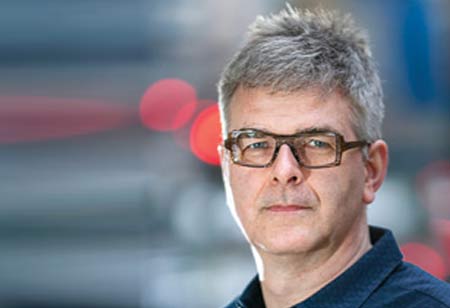

Thank you for Subscribing to Cannabis Business Insights Weekly Brief

Creating sustainable packaging solutions requires a nuanced and comprehensive approach – meaning that one-size-fits-all solutions often fall short. Sustainability isn’t just a catchphrase; it’s part of a complex reality. That’s why taking a holistic approach is key to driving sustainable packaging solutions. Driving Holistic Sustainable Packaging Solutions
True sustainability in packaging necessitates a holistic understanding of its lifecycle, from creation to disposal. By starting with a brand’s packaging requirements & sustainability goals, you can create a best-fit packaging solution and further optimize it for sustainability. Working cross-functionally, such as across design, engineering, and manufacturing departments, ensures that sustainability seamlessly integrates with technical functionality, usability, and visually appealing design. Whether it’s optimizing for e-commerce channels or designing for optimal recyclability, it is crucial to consider how a package impacts and is impacted at every stage. For a packaging solution to be truly sustainable, it needs to perform at every stage of its journey, from the warehouse to the consumer. If the product fails at any of these points, then it’s not only the packaging that’s wasted – but often also its content. Optimizing Packaging Solutions for Sustainability Optimizing a packaging solution means scrutinizing every packaging component. Taking this type of multi-faceted approach creates a solution that best meets brand packaging requirements and needs. For instance, consider questions like: How is the package going to be used by the consumer? How will it be filled? Which closure or dispensing solution best enhances user satisfaction while being cost-effective – as well as sustainable? Why not incorporate post-consumer recycled (PCR) materials? What grade of PCR would we need to not impact manufacturability and look? How does decoration impact recyclability? Using tools like material selection matrices, lifecycle analysis and recyclability scores, and EPR fee calculators can also help you make informed decisions. Collaborating with supply chain teams is also key to ensure that proposed solutions align with availability, cost, and environmental impact. On top of that, it is crucial to stay on top of new technologies, material innovations, market trends, and regulatory shifts. And most importantly, focus on the consumer and how the packaging will be used. “Whether it’s optimizing for e-commerce channels or designing for optimal recyclability, it is crucial to consider how a package impacts and is impacted at every stage” There’s often great opportunity for consumer education and engagement on driving the ideal end-of-life scenario, such as recycling or refill and reuse. Advancements in Post-Consumer Recycled (PCR) Technology The evolution of PCR technology presents a promising avenue for advancing sustainable packaging solutions. While its potential is vast, a diligent and thorough approach is key to integrating it correctly—particularly in processes like blow and injection molding. Due to the range of sources of PCR, especially single-stream recycling, PCR tends to have a wider processing window than virgin materials; This demands increased vigilance from manufacturers, necessitating a comprehensive understanding of its intricacies and a watchful eye when running PCR. Looking back, suppliers previously hesitated to embrace PCR, even at modest content percentages as low as 25%. Concerns regarding PCR impact and color matching abilities were prevalent. However, recent successes with PCR, such as high-clarity 100% RPET and new additives that prevent oxidation during reprocessing, underscore the industry’s advancements in overcoming these challenges. In recent years, PCR suppliers and molders have made significant strides in mastering PCR technology, including precise color matches between PCR and virgin components for beauty brands. This has resulted in greater production and adoption of higher quality PCR. PCR properties can be comparable to those of virgin material—even after undergoing multiple rounds of recycling. This shift signifies a trend where integrating PCR into packaging solutions is not only achievable but increasingly embraced, representing a crucial step towards a more sustainable packaging industry.I agree We use cookies on this website to enhance your user experience. By clicking any link on this page you are giving your consent for us to set cookies. More info